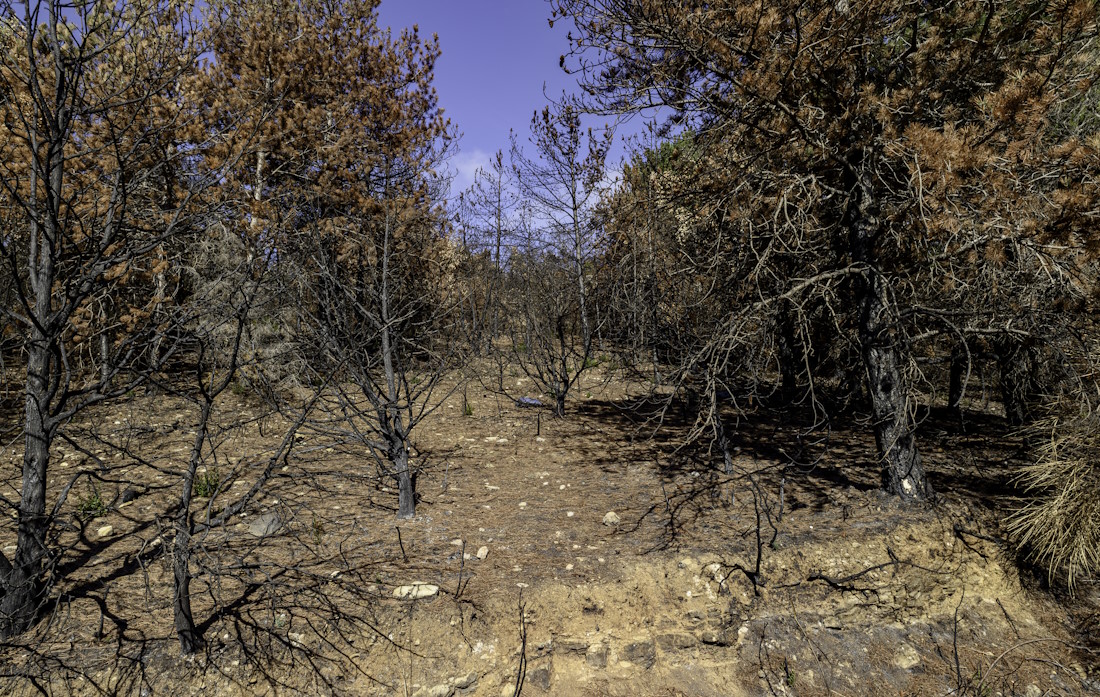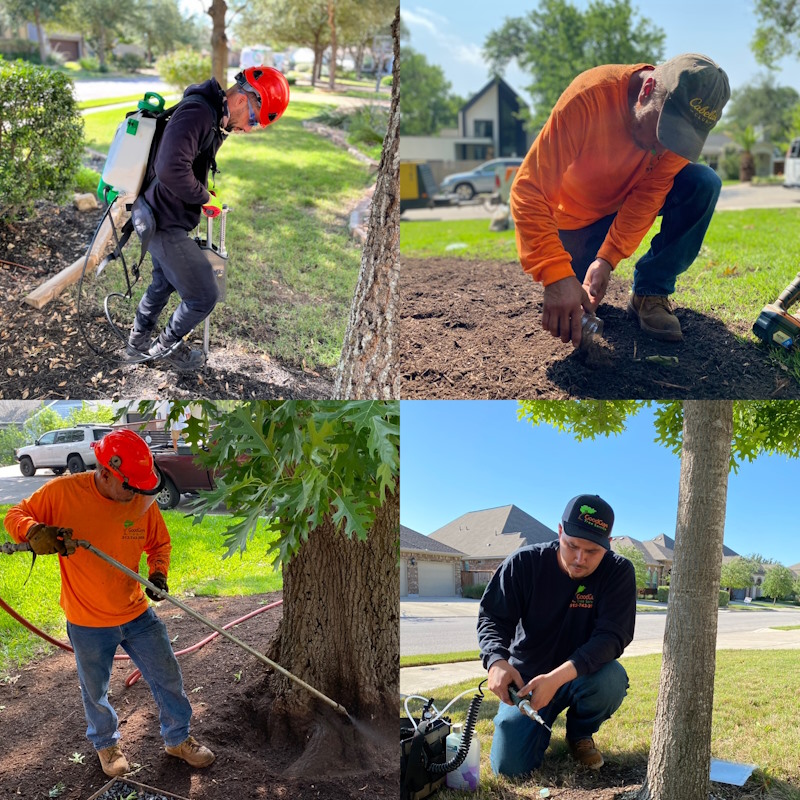Heat stress is a significant concern for trees in central Texas, where summer temperatures often soar beyond 100 degrees Fahrenheit. Prolonged exposure to such high temperatures can severely impact trees, leading to symptoms like wilting, leaf scorch, and premature leaf drop. Trees rely on a delicate balance of water uptake and transpiration to maintain their health, and extreme heat can disrupt this balance. When the heat is exacerbated by drought conditions, the stress on trees increases, as the soil moisture dwindles and roots struggle to absorb sufficient water. The combination of heat and water scarcity can weaken trees, making them more susceptible to pests and diseases, which can further compromise their health and longevity.
Managing heat stress in central Texas requires a proactive approach to tree care. Homeowners and land managers should prioritize watering during early morning or late evening hours to minimize evaporation and ensure that water reaches the tree roots efficiently. Mulching around the base of trees can help retain soil moisture but there is a right way and a wrong way when it comes to mulching. It’s also crucial to select tree species that are well-adapted to the local climate, as native and drought-resistant species have evolved mechanisms to cope with extreme heat. Regular monitoring for signs of heat stress and prompt intervention can help mitigate the adverse effects, ensuring that trees remain resilient and continue to provide the numerous ecological benefits they offer, such as shade, oxygen production, and habitat for wildlife.







